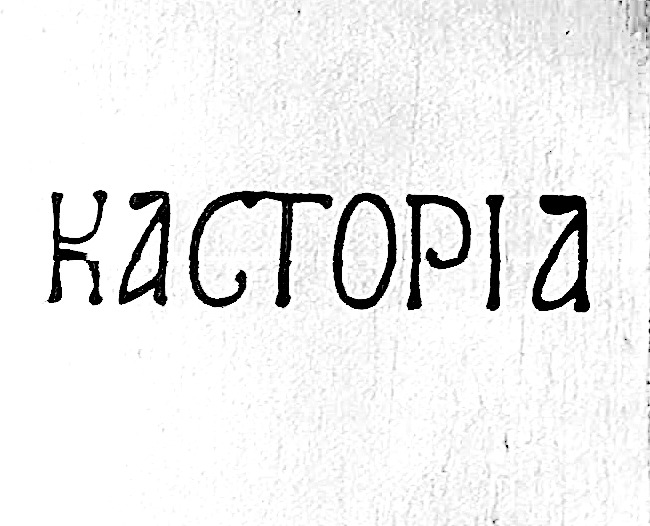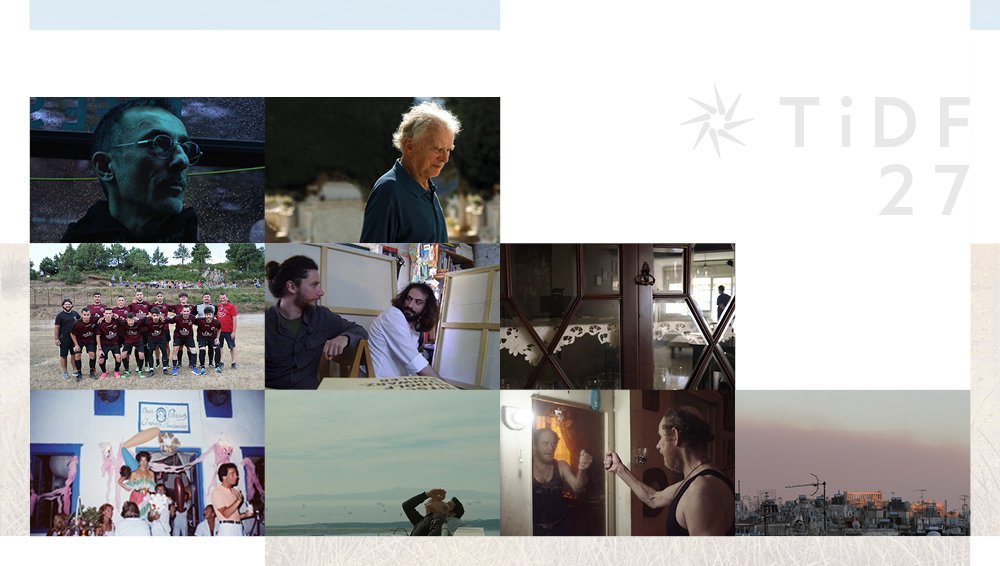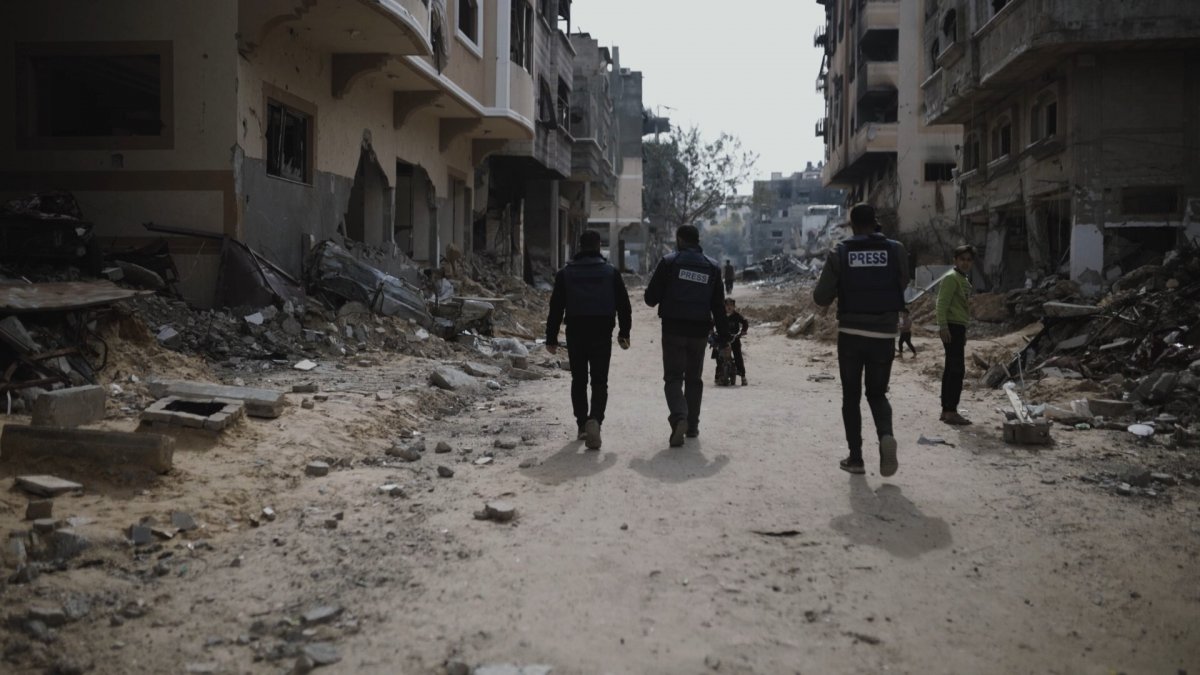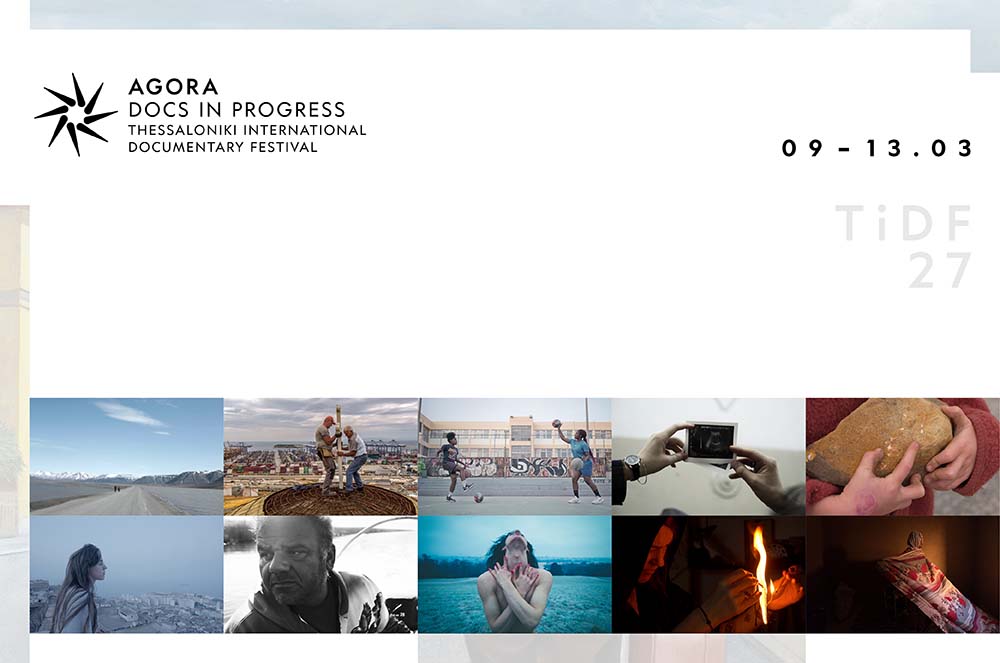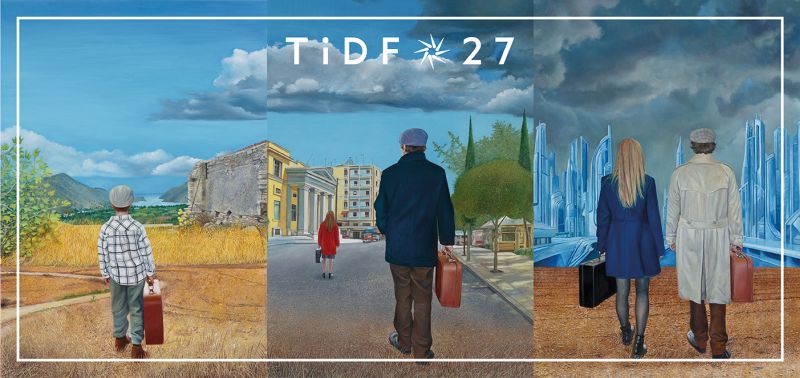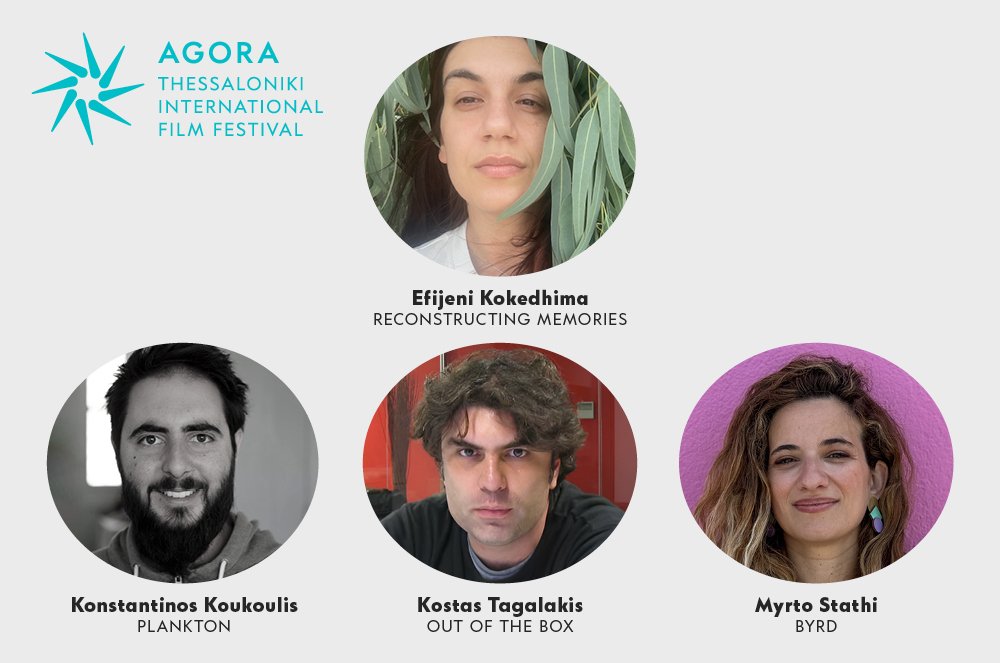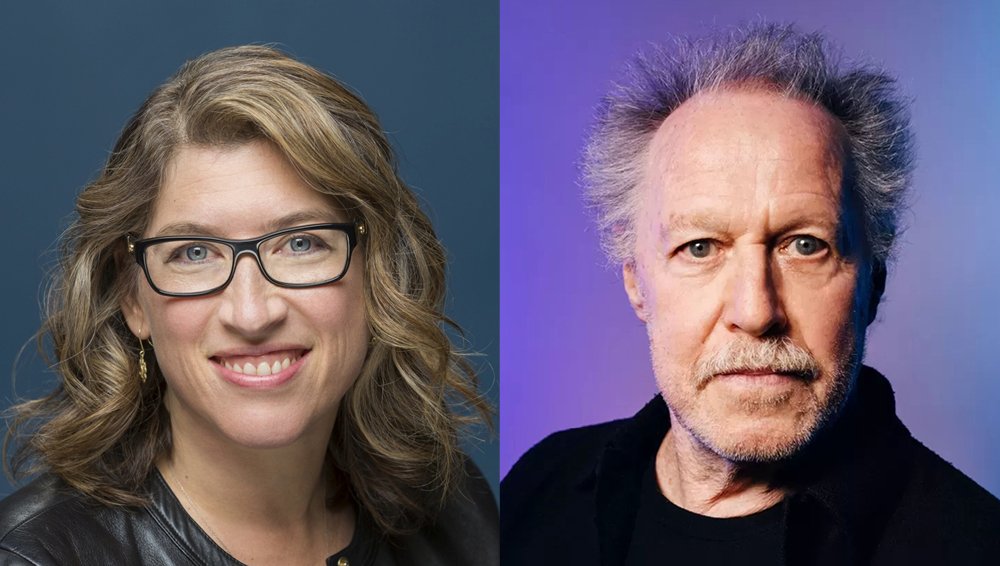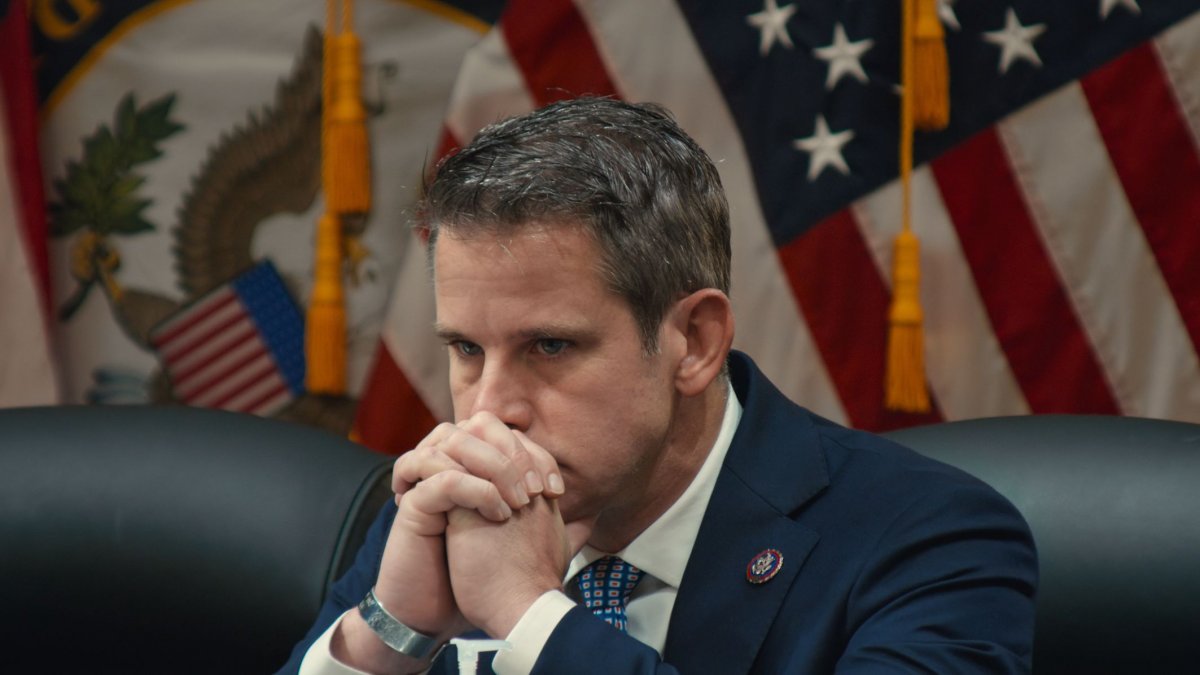62nd THESSALONIKI INTERNATIONAL FILM FESTIVAL
4-14/11/2021
Panos Voutsaras Masterclass: Parallel editing vs. Cross Cutting
Panos Voutsaras delivered the first of the series of masterclasses held within the framework of the 62nd TIFF’s tribute on editing, on Tuesday November 9, at Pavlos Zannas theatre, bearing the title “Parallel editing vs. Cross Cutting”. Voutsaras, an experienced editor with a rich national and international experience, focused on the power of muviola to change the narrative of the story, in order to guide the emotion.
Initially, Orestis Andreadakis, Artistic Director of the Festival, addressed the audience, and especially the students of the Film School of the Aristotle University of Thessaloniki. "We elaborated this project for you, we designed it for you and I hope we’ll put in action as planned", he said. "This is the first time that a Festival has dedicated its main tribute to a specialty misunderstood and hard to understand, and not to a director, a period or a genre. We want to help the public unlock the secrets of editing", he said before giving the floor to professor Apostolos Karakasis of AUTh’s Film School.
Mr. Karakasis thanked the Festival for shedding light on one of the most unseen aspects of the creation of the film. "We rarely realize the effect that editing has on a film project. Even more rarely we come across the name of the editor. However, these are the people who create the atmosphere, the rhythm, escalate the action and guide our gaze and our experience. The Festival chooses to bring them to light. We have to move beyond the author’s theory – cinema is a collective art", Mr. Karakasis underlined before giving the floor to Mr. Voutsaras
Mr. Voutsaras talked about the two techniques, parallel editing and cross cutting, analyzed its differences and noted that, due to their similar techniques, cinema audience and critics often disagrees about their characteristics. "Parallel editing creates a narrative that unfolds in parallel within the film, whereas cross cutting creates suspense. Both techniques are used to intertwine two or more actions occurring in parallel within the narrative," he said.
Afterwards he highlighted their importance and presented examples, projecting excerpts from well-known films that make use of these techniques (The Godfather, Nashville, The Conformist, Silence of the Lambs, Five Easy Pieces, etc.) He pointed out as a characteristic example of cross-cutting in The Godfather the scene where Al Pacino denounces Satan, while at the same time he has sent men to kill his opponents.
"Since the early days of cinematic history, even from the beginning of the 20th century, the need for editing arose, when more than one shot entered the cinema. There is no cinema without editing. With the parallel editing you guide the film exactly where you wish to, even if it does not lead you emotionally to the desired result. It adds rhythm, storytelling and strengthens the characters," he said.
"The first shot of Bertolucci’s otherwise linear Conformist was planned to be inserted later on in the movie, more specifically at the 80th minute, at the beginning of the third act. However, a wonderful monplane at the beginning introduces a parallel narrative that follows the whole film: the killer's path to his victim. This monoplane builds the character and then we immediately enter the action", he said.
Editing enables you to completely change the narrative as well as the character. "As mentioned in the discussion with Walter Murch, in the festival's edition, a very important person for editing, direction is the translation of the script, and editing is a second translation of the images of the film. The aim is to move the viewer. Only emotion is timeless," he added.
He went on to say that in the editing process, decisions are made affecting the film at its core and, unfortunately, there is no manual on how films are made. "We watch old movies and we borrow things, hoping to have a successful result" he said. He then commented that editing is a build-up process. "The Director and the editor have to trust one another. And of course, it's all a matter of time. We are constrained by time limitation, however I sometimes get carried away," he said. Thus, the importance of time in the technique of editing is emphasized. "The editor needs time to change the narrative and to cause a sensation," he concluded.
Mr. Voutsaras, when asked by the audience about who has the final say in the editing process, he replied that "the editor proposes, but the final result is the product of dialogue and exchange of ideas. We always prepare a linear and a parallel montage, and then we discuss with the producer and the director about the desired result. He also underlined the importance of the hierarchy in cinema and commented that especially in Greece, the director has a big say. "However, it is the editor's job to come out ahead and say what is necessary, but also to state whether the result works or not." he also stated that the editor is somewhat protected, as the one most exposed to critique are the director and the producer.
Mr. Voutsaras replied to a next question, about whether there is an a priori design of the editing and whether it affects the performance of the actors. "Cinema is an expensive sport. We shoot the scenes in several ways to be sure. There are always instructions from the director to the actor, and good actors always know what to do. When it comes to performance, sometimes actors have to be more subtle in their performances when it comes to linear editing," he replied.
At the end of the masterclass, Mr. Voutsaras made some general comments about his experience in editing. "First of all, if I have the time, I read the script and time each scene by reading the words. So, I have an insight into the duration of each scene before I start editing. In case a scene goes too long, I intervene in consultation with the director," he said. "The most important thing we try to achieve in editing is the emotion", he underlined. "We have three pillars: rhythm, history and emotion. If you can't create emotion in editing, you sacrifice some of your story and a part of the rhythm. In editing, everything is a feeling," he concluded.



